In George Town, on the little island of Penang, Chinese and Indian immigrant cultures have mingled with native Malay traditions over centuries to birth a unique hotchpotch that is reflected in the local culture and cuisine which are further influenced by the island’s colonial history. Spend 3 days in George Town to experience its eclectic architecture, colourful street art, and mouth-watering food.
GEORGE TOWN, PENANG / MALAYSIA
George Town’s extraordinary diversity is reflected in its eclectic architecture, varied dialects, and a mouth-watering array of street food. Once a part of the Kingdom of Kedah and then the capital of the Straits Settlement, George Town today showcases the rich legacy of Indian, Chinese, and European immigrants who settled here in the pre-war days and mingled with the local Malays to create a unique cultural hotchpotch. The city centre was awarded a UNESCO Heritage Site status in 2008 and since then, it has acquired cult status on the Southeast Asian backpacking trail with travellers and digital nomads flocking to the city year-round to try the delicious food and learn about the city’s history and heritage. Though it is the second-largest city in Malaysia, George Town, is easy-going and laidback and operates at a slower pace than Kuala Lumpur. Spend 3 days in George Town strolling through alleys where forgotten shop houses with peeling paints and faded bamboo blinds stand in wait for a resurrection; offer prayers at Chinese temples where in the dimly-lit incense-scented quiet of the Sanctum Sanctorum, you might have an epiphany; seat yourself at a kopitiam or on a stool at a hawker stall and slurp your way through a piping hot noodle soup in the muggy Malaysian heat; spend hours on the jetties, letting the breeze ruffle your hair; walk into a Peranakan mansion and marvel at the wealth of the families, the opulence of everything they owned, then walk out into the blinding sunshine again and with an iced kopi in hand, resume listening to the whispers of the houses with peeling paint and unread calligraphy.
Also read: Use our 2 weeks in Malaysia itinerary to plan a trip to this beautiful nation.




NOTE: We visited in August during the low season when it is extremely hot in George Town. The sun was so scorching in the afternoon that we stayed indoors or sat at a cafe for a few hours between 1 pm and 3:30/4 pm. It’s not too much of an inconvenience, really, and considering the sea of tourists that the city sees in the winter, we recommend visiting in the summer despite the heat.
George Town Itinerary Day 1
Street Art | Chowrasta Market | Sunset at Penang Hill
AM // It was Ernest Zacharevic’s murals that made George Town a hotspot on the SE Asia backpacker circuit. So, start your 3 days in George Town trip tracking down his 3D-style murals. They get crowded later in the day, so the best time to see them is early in the morning. Apart from Zacharevic’s, there are loads of other murals on the streets of George Town. We especially loved the cats! All over town, you will notice iron art installations with a few lines on the history of the city. They offer wonderful snapshots into the history of George Town and the lives of many immigrants who now call this city home.
For breakfast, pop in at Tiger Char Kuey Teow for some excellent char kuey teow with juicy prawns. If you are vegetarian, tell them and they cook you a version without prawns and lard.
TIP: Enquire about the cooking fat when ordering vegetarian/vegan food. At many a place, food is cooked in pork lard.
Post breakfast, head to the busy Chowrasta Market. Inside there are rows of stalls selling colourful produce— nowhere have I seen such a variety of leafy greens and herbs– , butcher shops where hunks of meat hung on hooks, and glistening seafood in vats. It’s quiet inside compared to wet markets in Kolkata but definitely busy! You can watch locals getting their grocery, some haggling over prices, others having a quick chat over squids and bok choy. Outside the main market building, hawkers sell dim sum, curries and dahls in large metal trays that they serve with rice, fried and grilled meat, and greasy noodles.



PM // Ride bus #204 to Penang Hill! On the way, stop at the Air Itam Market to sample the world-famous Air Itam Laksa and Sister’s Curry Mee. At Penang Hill, take the funicular to the top of the hill from where you can enjoy breathtaking views of the city of Georgetown and the bridges connecting the island to the Malaysian mainland across the Strait of Malacca. The dazzling city at twilit is a sight to behold! Penang Hill has a few hiking trails that will take you to the colonial bungalows that grace the hilltop. You can also skip the funicular and hike the entire way to the top of Penang Hill.
If you have time, stop by at the Kek Lok Si Temple where a seven-storey pagoda built in a mix of Chinese, Burmese, and Thai styles is the main attraction. In the evening, red Chinese lamps and colourful decorations create a fairytale atmosphere.
For dinner, head to the hawker stalls on Kimberley Street where you can taste some excellent Duck Porridge and Kway Chiap. If you are feeling rather adventurous, go for the Chicken Feet Koay Teow Soup. For vegetarians, there’s the vegetarian buffet at Evergreen Vegetarian House on Cantonment Road.






George Town Itinerary Day 2
Baba-Nyonya Heritage | Clan Jetties
AM // Start day 2 of your 3 days in George Town tour at Toh Soon Café (they toast their bread in a charcoal oven, so don’t skip the kaya toast here!) before heading to the Cheong Fatt Tze Mansion for the 11 am tour. If you have time, take a detour to admire the marvellous architecture on Hutton Row. Also known as the Blue Mansion for its bright blue walls, the Cheong Fatt Tze mansion was awarded the UNESCO Most Excellent Project for best conservation work in 2000. A part of it has been converted into a boutique hotel and is off-limits to visitors but you can see parts of the mansion and learn about its history on the guided tours. Built and decorated in an eclectic Europe-meets-China style, the mansion has 38 rooms, 5 courtyards, 7 staircases, and 220 windows! Inside, there is opulent rosewood furniture, intricately carved wooden screens, infinity mirrors, marble work, and original floor tiles. The bar and the restaurant are open to visitors. There are 45 min long guided tours (RM 18) at 11 am, 2 pm, and 3:30 pm during the weekdays and at 11 pm and 2 pm on weekends.
Stroll through Muntri Street admiring the lovely Straits-style shophouses with their floor tiles and impressive wooden doors on the way to Moh Teng Pheow Nyonya Koay and Canteen where you can try an array of delicate Nyonya sweets called Kuih.
For lunch, head to Aunt Gaik Lean’s for a taste of Baba Nyonya cuisine. Or, if you are vegetarian, to Yun Shui Ge Vegetarian House.
Also read: With its stunning architecture and excellent food, Ipoh is a must-visit in Malaysia. Find out about the top things to do in Ipoh.



PM // The Pinang Peranakan Mansion was once the home of a Chinese Kapitam named Cina Chung Keng Kwee, the 19th-century mansion today offers a glimpse into an opulent Baba-Nyonya house. Chinese wood-carved panels, Italian marble, Belgian mirrors, English floor tiles, and Scottish ironwork adorn the house. In the museum, you can see more of the family’s treasures: gold jewellery, beaded shoes, and gold-rimmed dinnerware.
Around sunset, visit one of the clan jetties and let the cool breeze from the Strait of Malacca offer you some respite from the muggy Malaysian heat. Opt for a boat ride, if you want, or just sit at the edge and watch the colours of the sunset. Of the six jetties, the Chew jetty is the most touristy and therefore, the most crowded. There are shops selling souvenirs and snacks along the way and you can chat with locals. Be respectful and ask before taking photographs because these houses on stilts are still the homes of clan folk.
TIP: Visit the jetties at sunrise. The glow of dawn on the Strait of Malacca creates a magical scene. Sadly, it rained on all three mornings we were there.
For dinner, try the Wantan Mee at the Chulia Lane hawker stalls before heading to the Hong Kong bar for a drink. We skipped the eateries and bars on Love Lane despite their Happy Hour deals because they were extremely loud and crowded. If you are vegetarian, head to the Brick Café where Lisa can cook you a plate of mouth-watering Mee Goreng and some chocolatey pancakes. If you are in the mood to splurge, reserve a table at the Kebaya Dining Room or at Jawi House for a Malay fine dining experience.




George Town Itinerary Day 3
Kongsis | Little India | Esplanade Promenade
AM // Start your third day in George Town with a comforting bowl of Koay Teow Th’ng (Eel Fish Ball Noodle) on Pitt Street, then head to Armenian Street to marvel at the kongsis. A Kongsi is a building where Chinese families of the same surname, i.e. a clan, gather to worship their ancestors and Georgetown has quite a few of them. The most magnificent of these is the Leong San Tong Khoo Kongsi which was completed in 1906 and is one of the finest Chinese clan temples outside China. Carved stone pillars, sculptures of mythical creatures like dragons, and fine woodwork adorn the building. Other kongsis include the Boon San Tong Khoo Kongsi, Cheah Kongsi, Eng Chuan Tong Tan Kongsi, and the Yeoh Kongsi.
Stop by China House to check out their elaborate selection of cakes and possibly, eat a few. The tiramisu is the most popular pick here, but we loved the pecan tart and the lamington, too. Expensive but delicious! Across the street from China House is Gerakbudaya, a bookstore where you can browse some excellent literature on Penang and Malaysia.
Before lunch— we recommend the Duck Koay Chiap at Ping Hooi Café on Carnarvon Street,— pop into the Batik Painting Museum to check out some excellent works by local artists. There are 90 original paintings here, some of them dating back to batik’s inception in the 1950s.




PM // Later in the day when the afternoon heat has died down, head to George Town’s Little India where you can offer your prayers at the Maha Mariamman temple and gorge on tasty pakoras and Indian sweets. The area offers some excellent photo ops: flower stalls selling bright orange marigold garlands and pink lotus buds, and food stalls with mouth-watering arrays of fried snacks and trays full of colourful sweets.
If colonial architecture fascinates you, stroll along the Esplanade Promenade and in the so-called Enterprise zone, where there are a number of gorgeous colonial buildings including the Queen Victoria Memorial Clock Tower, Boustead Building, City Hall, Town Hall, Whiteaways Arcade, Logan Mansion, and others.
Wrap up your 3 days in George Town with some banana leaf curry at one of the many restaurants in Little India. Or, if you haven’t had enough of noodles soups, head back to Chulia Street or Kimberley Street (or, Guerney Drive if you might) and relish bowls of Penang Laksa, Hokkian Mee, or Loh Mee. Then, if you are in the mood to party, drop in at the Canteen by China House.



Other Things To Do On Penang Island
If you are planning for more than 3 days in George Town, you can explore the rest of Penang Island. Here are some more things to do in Penang:
Hike in the Penang National Park
There are two hiking trails in Penang National Park: one leads to Monkey Beach and the other leads to Turtle Beach. The hike is through thick tropical heat and to beat the sweltering heat, make sure that you start early and carry enough drinking water with you.
Experience the Nightlife at Batu Ferringhi
Batu Ferringhi has some excellent restaurants and nightlife options and promises gorgeous sunsets. You can also visit the Tropical Spice Garden.
Explore Balik Pulau
Buses #401 and #502 go around the island to Balik Pulau, another settlement on Penang Island, where you can experience the rural culture and try some authentic local dishes. In the durian season, there are stalls selling the fruit everywhere in Balik Pulau. Along the way, you can see the tropical vegetation and glimpses of the strikingly blue Strait of Malacca.



Where to Stay in George Town
We spent our 3 days in George Town at the Armenian House on Armenian Street. Though the street gets really crowded during the day, it is quiet after 7 pm unlike on Love Lane where the party goes on late. If you prefer staying far from the noise, stay on Armenian Street or in the area around Muntri Street where there are quite a few boutique properties. Armenian House has dorms and privates and a cute cafe downstairs. For RM 80 | INR 1350 a night (August, 2019), we got a spacious room with an ensuite bathroom on the second floor. Note that the property is not disability friendly.
Book a Hotel in George Town
How to Reach George Town
From Kuala Lumpur, you can opt to fly to Penang International Airport or ride a bus or a train. The train will drop you at Butterworth, from where you have to take the ferry to Penang Island. Board the ferry from the Pangalam Sultan Adbul Halim ferry terminal adjacent to the bus station to the Raja Tun Uda ferry terminal in George Town. The ferry takes around 15-20 min and tickets are RM 1.20. If you are taking the bus, you might get dropped either at Sungai Nibong bus station or at Penang Sentral. The latter is right next to the Butterworth train terminal and you’ve to take the ferry to George Town. From Sungai Nibong, buses #301, #303, and #401 will bring you to the city centre.
From Langkawi, you can take the ferry from Kuah to Swettenham Pier in George Town. There are 2 departures daily, RM 70 one way, and the ride takes 2 hrs 45 min.



It can easily take you a minimum of 3 days in George Town to explore only its UNESCO-certified city-centre and Penang Island can take over a week to explore. Apart from George Town, there are the rain forests to the north-west and centre of the island which offer some excellent hiking opportunities. Then there is the lesser-visited settlement Pulau Balik which offers a closer look into the lives of the locals. George Town, too, calls for slow exploration; take your time as you roam the alleys, learn about ongoing restoration works, stop for a while outside one of those mottled buildings, chat with locals, drop in at a bookstore, find a way to support local artists, and eat and eat and eat.
Like it? Pin it!
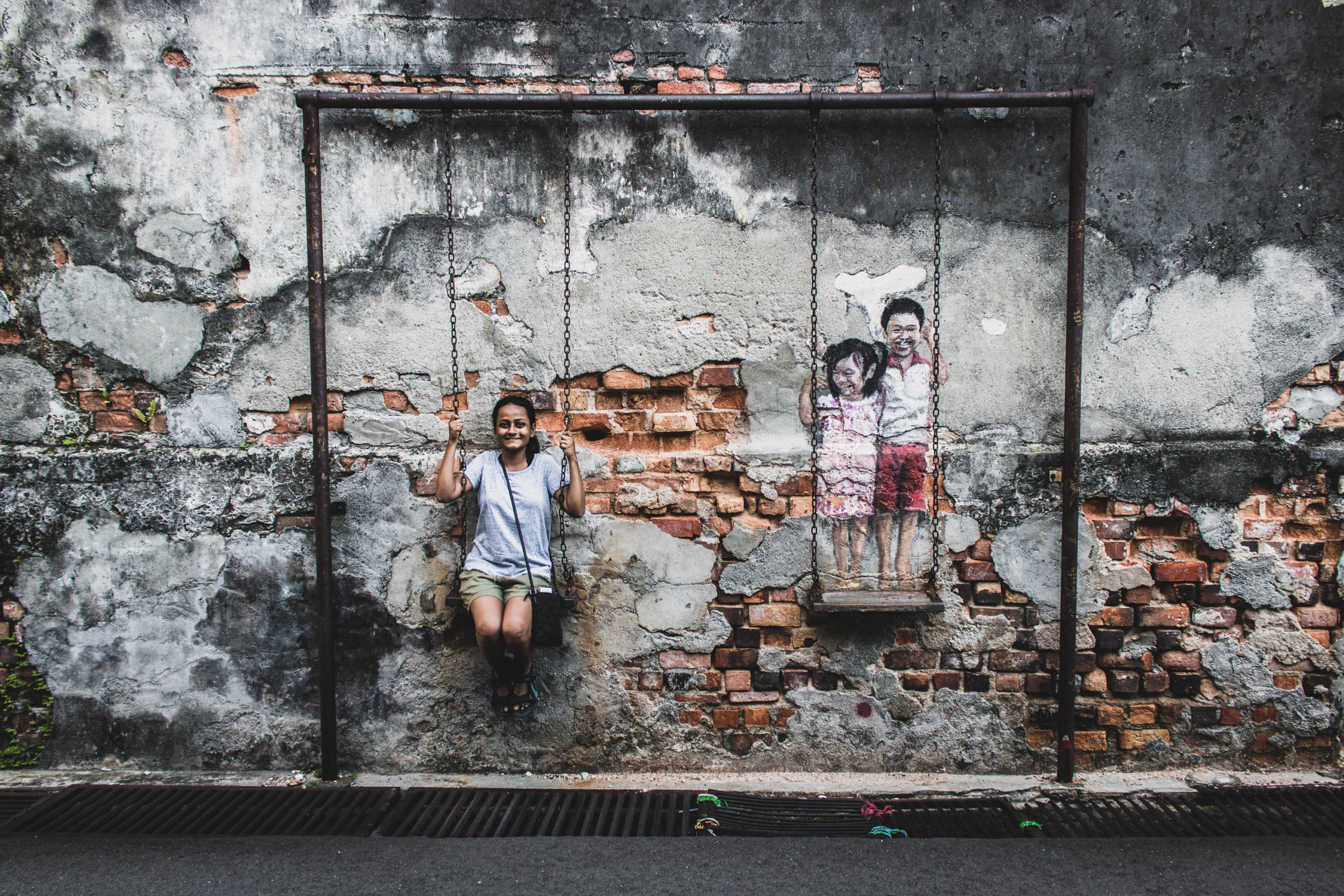


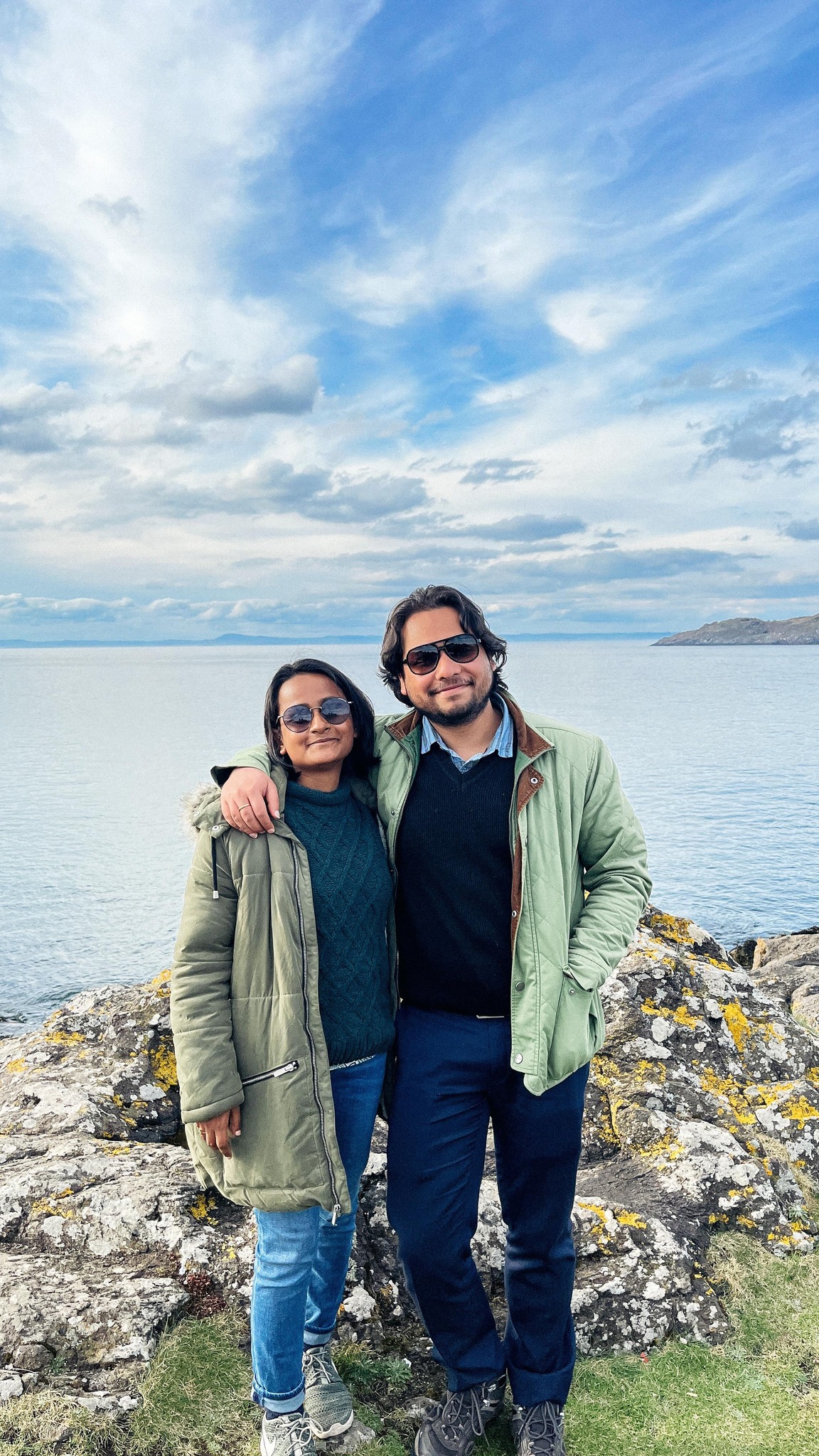
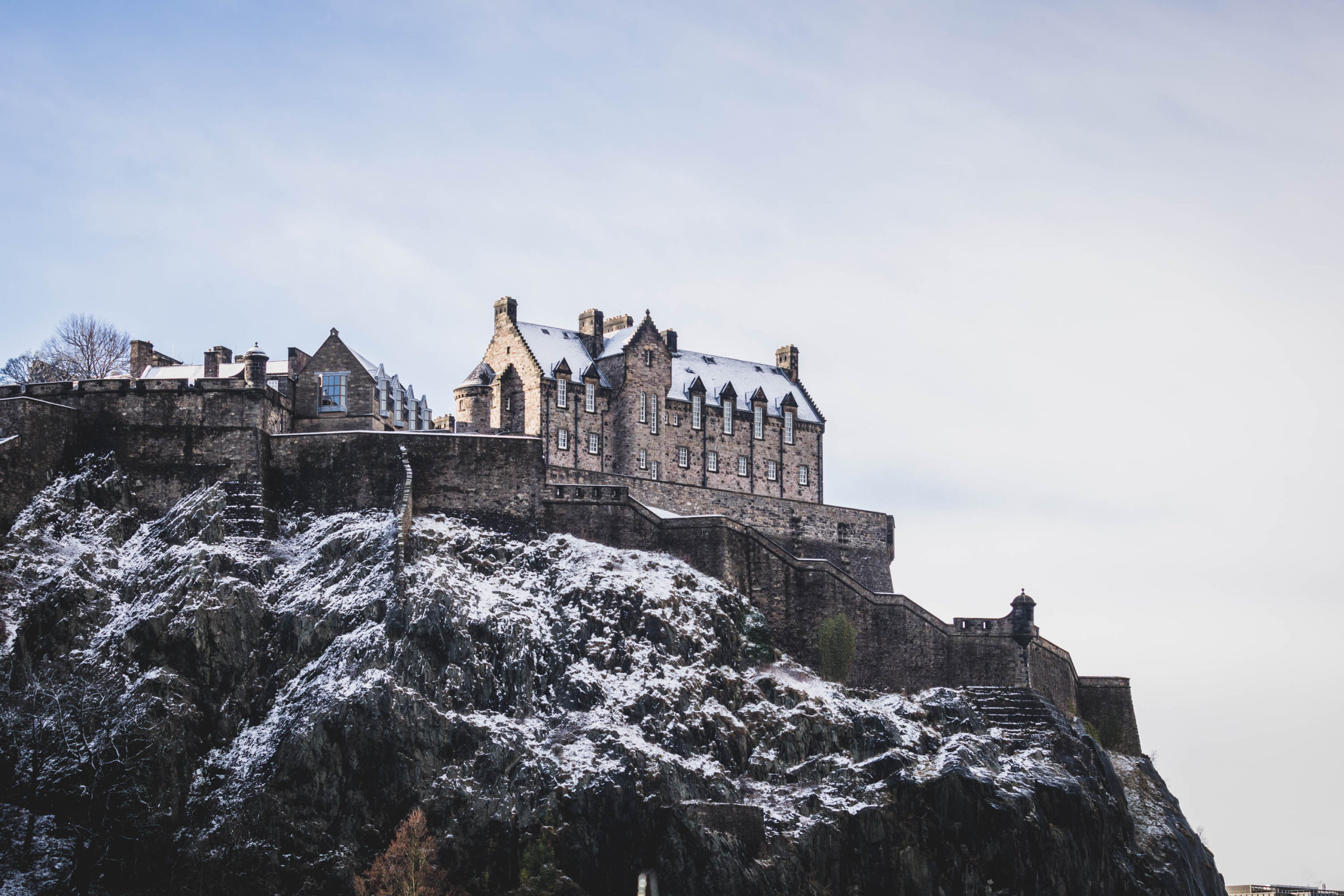
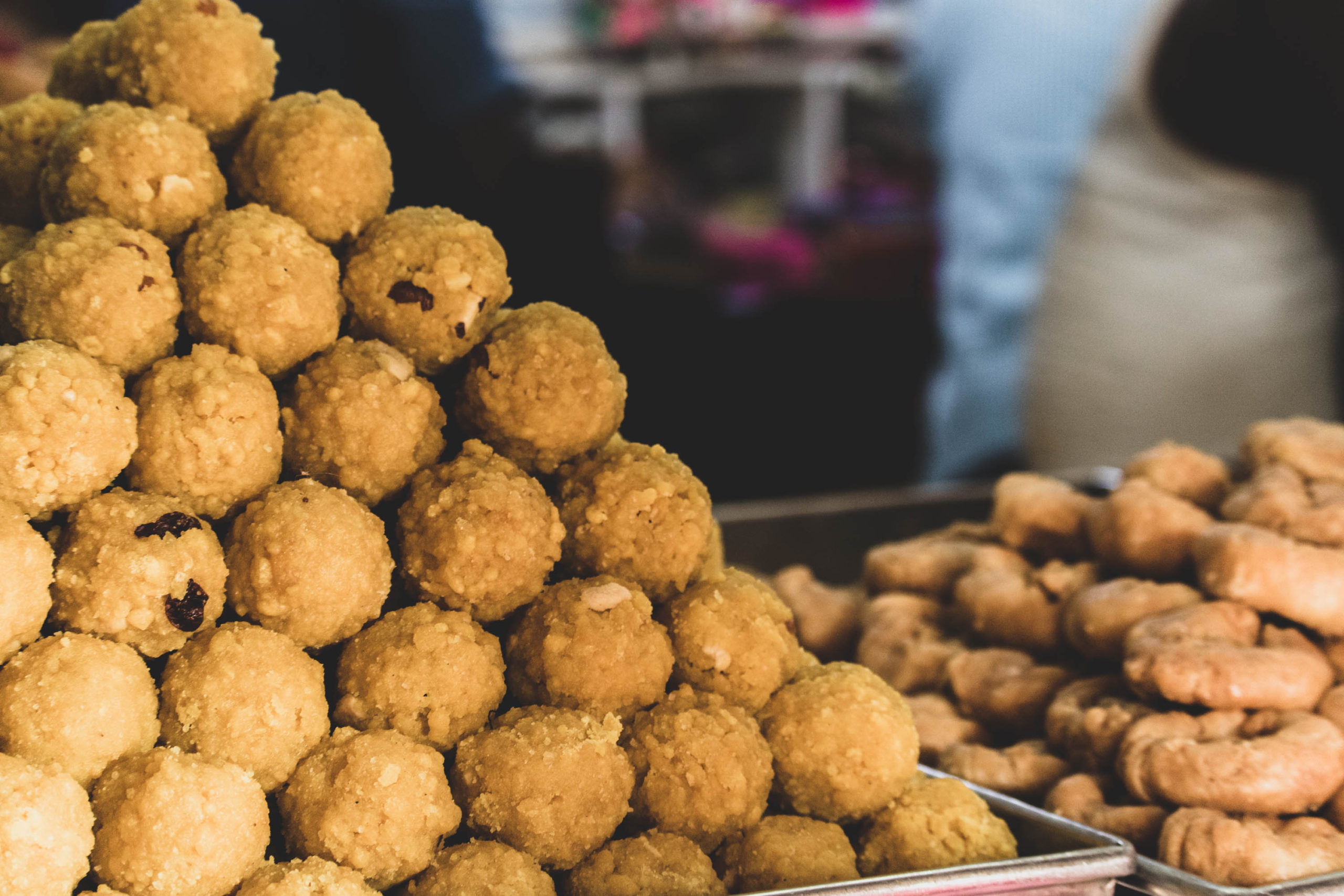
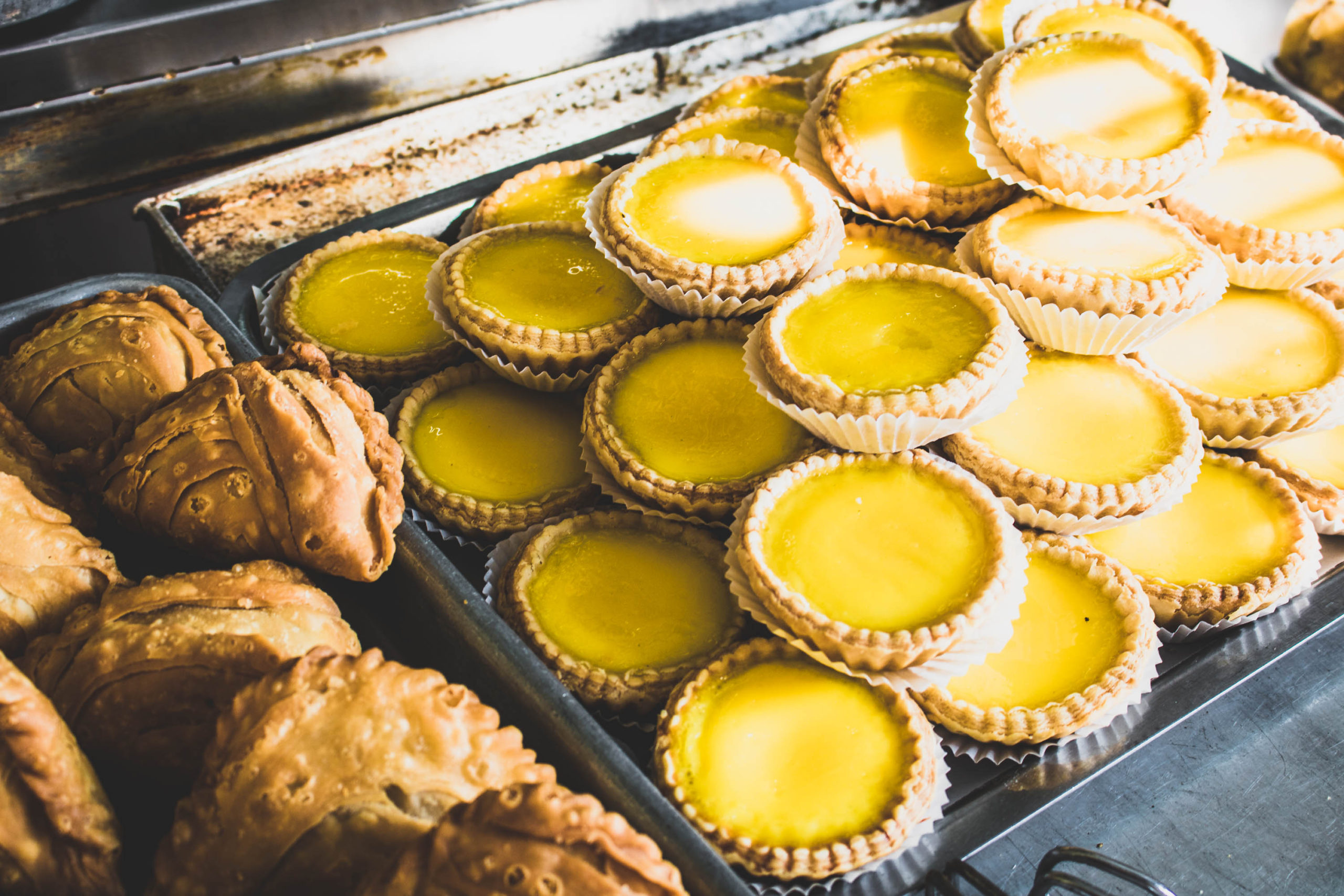
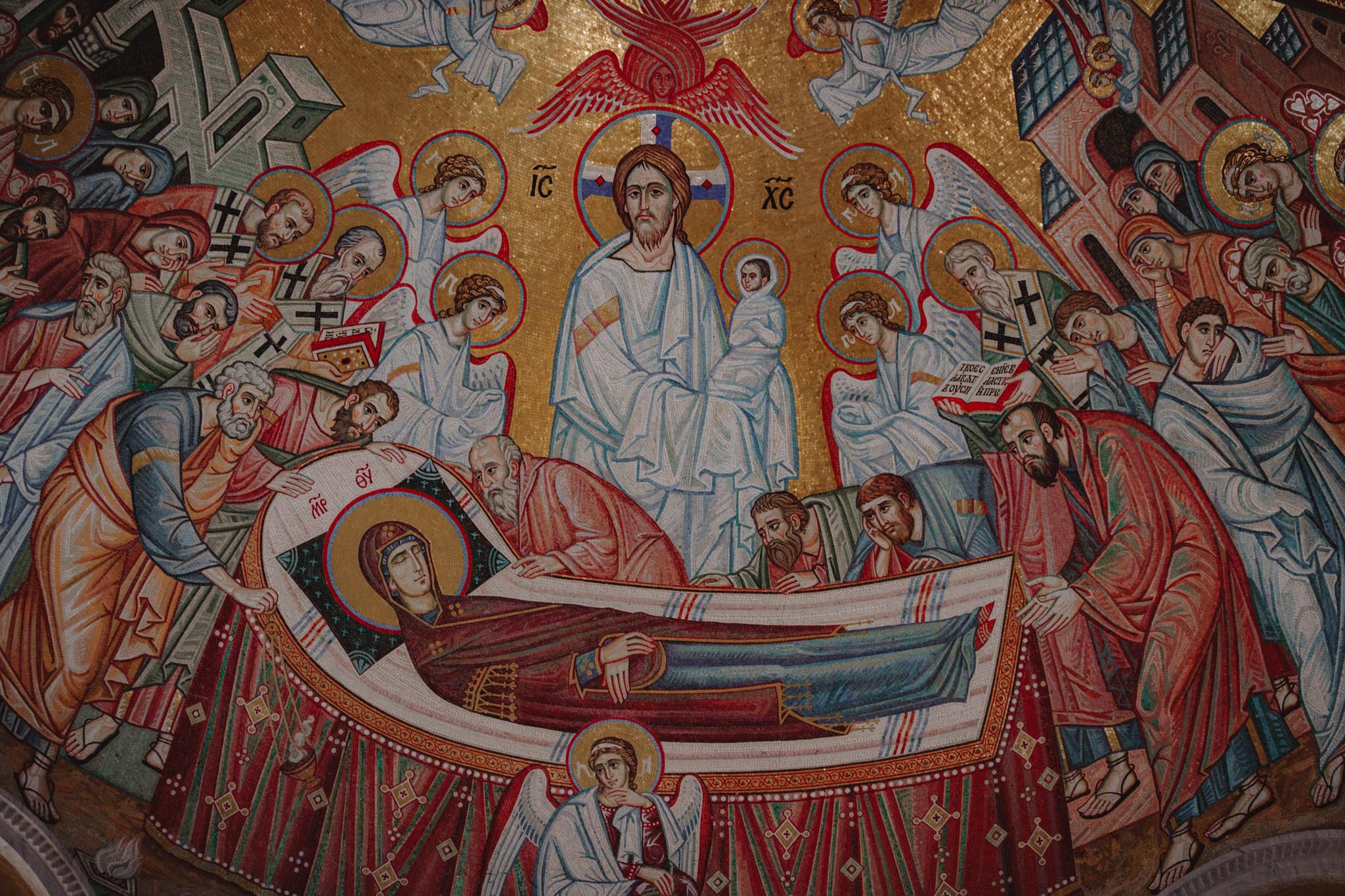
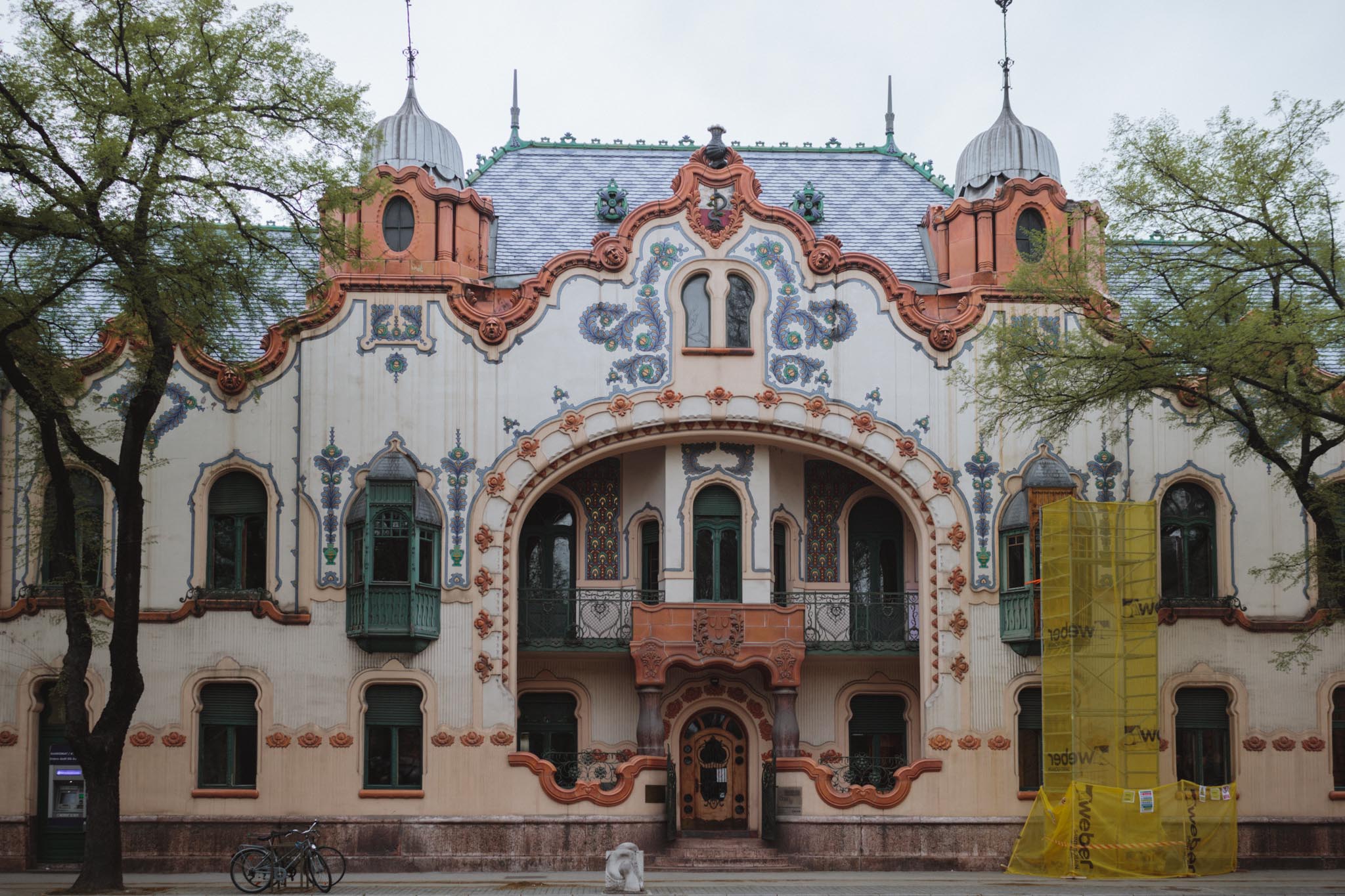
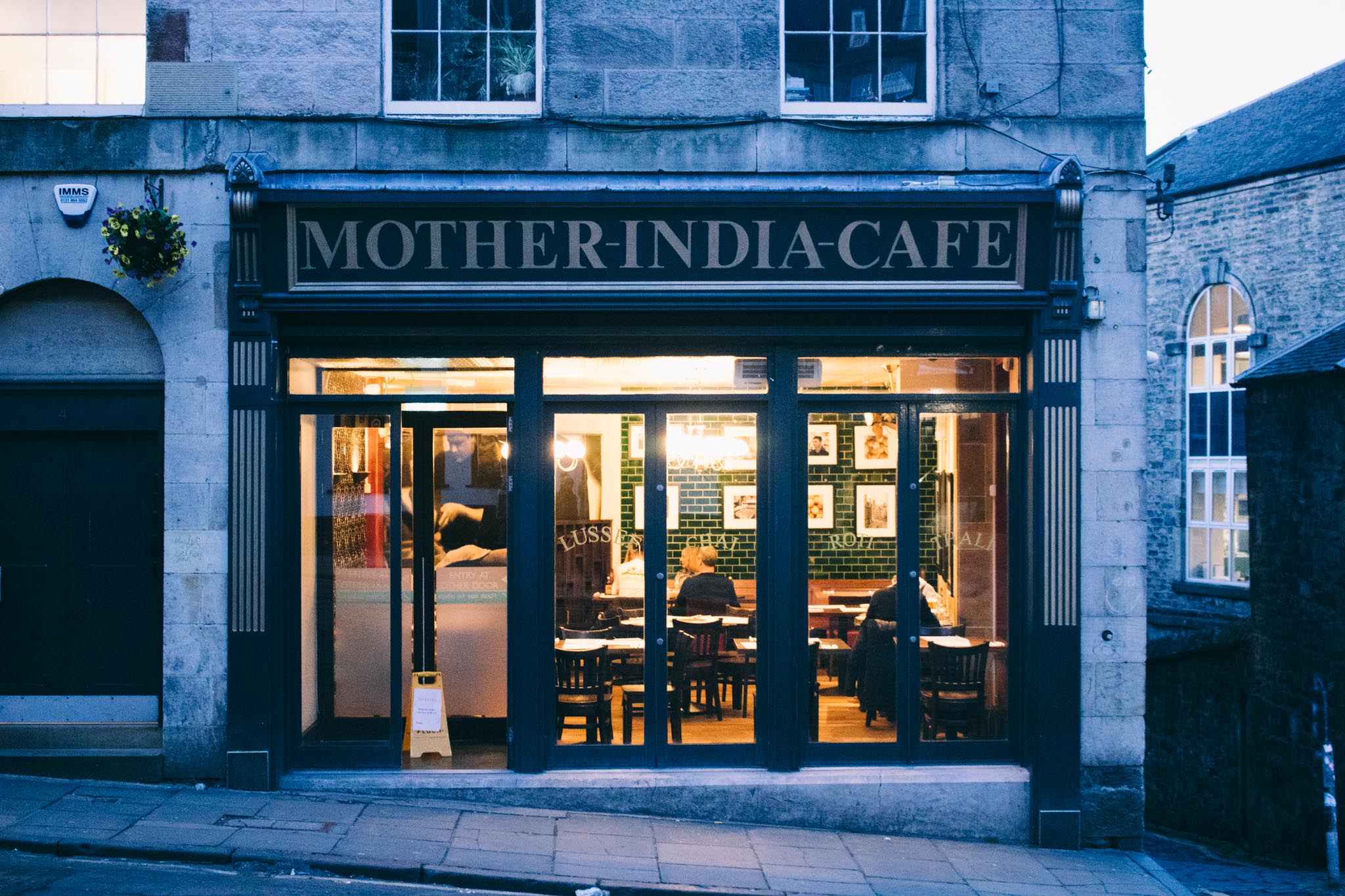
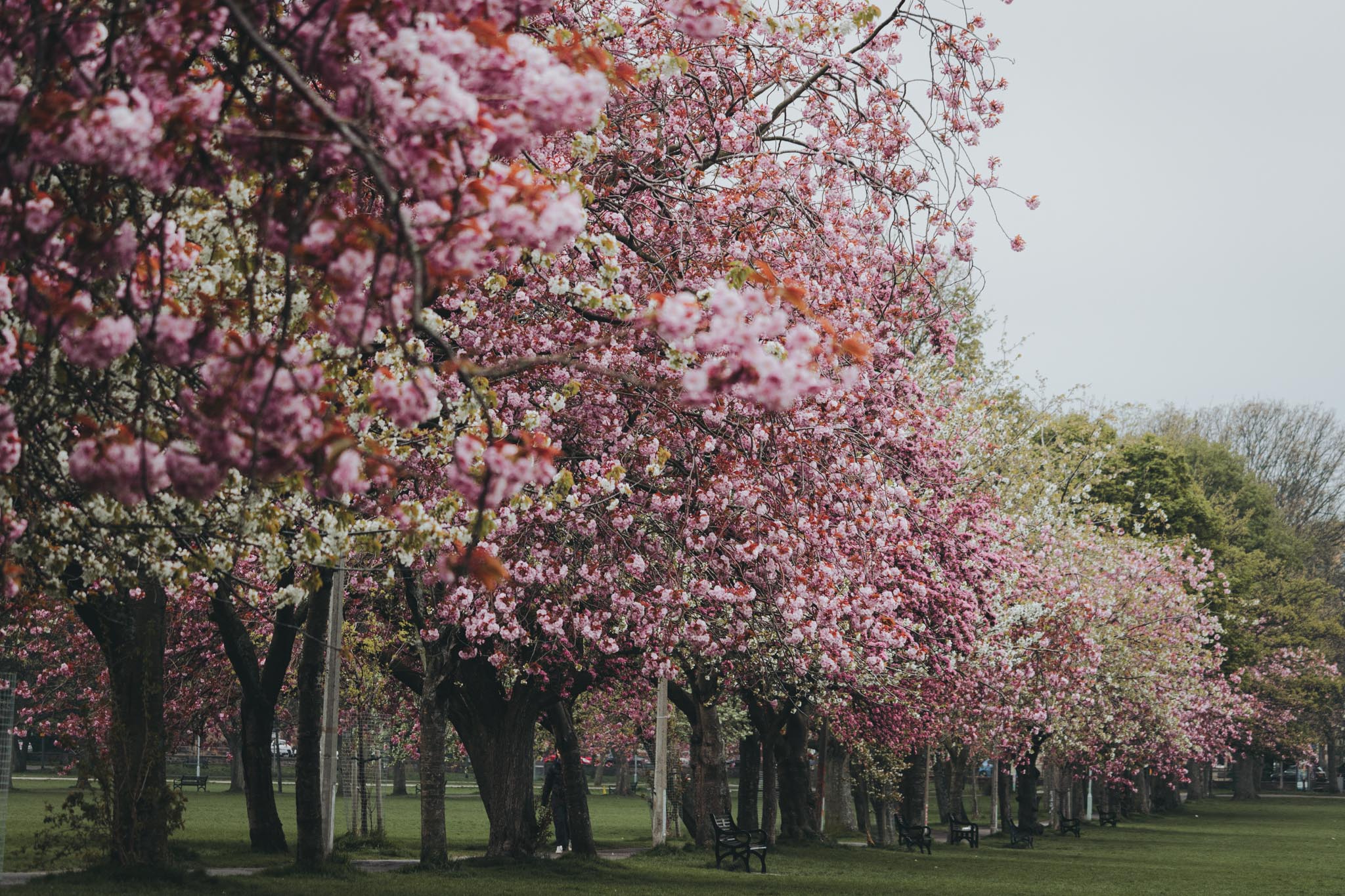
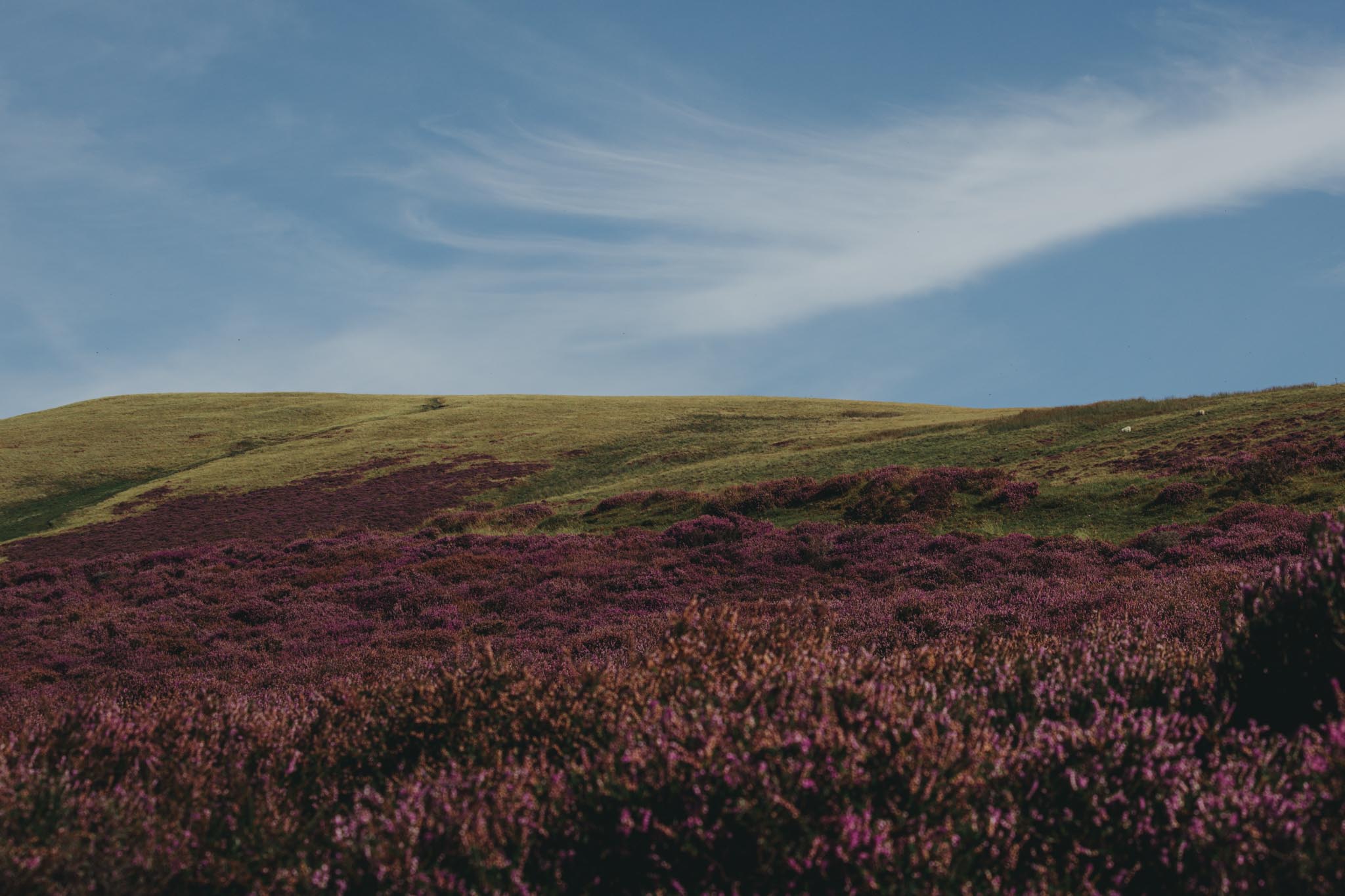
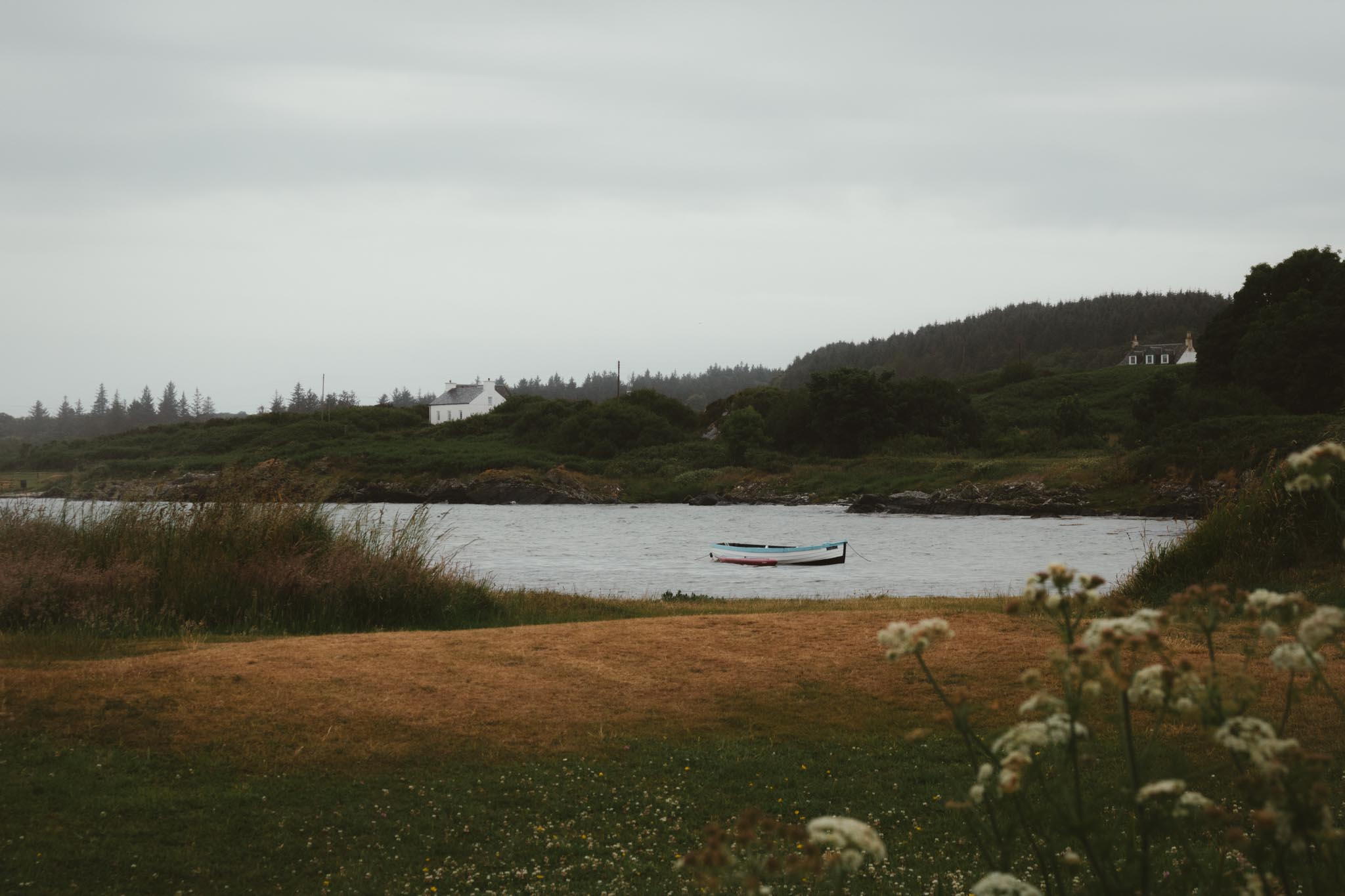
Leave a Reply